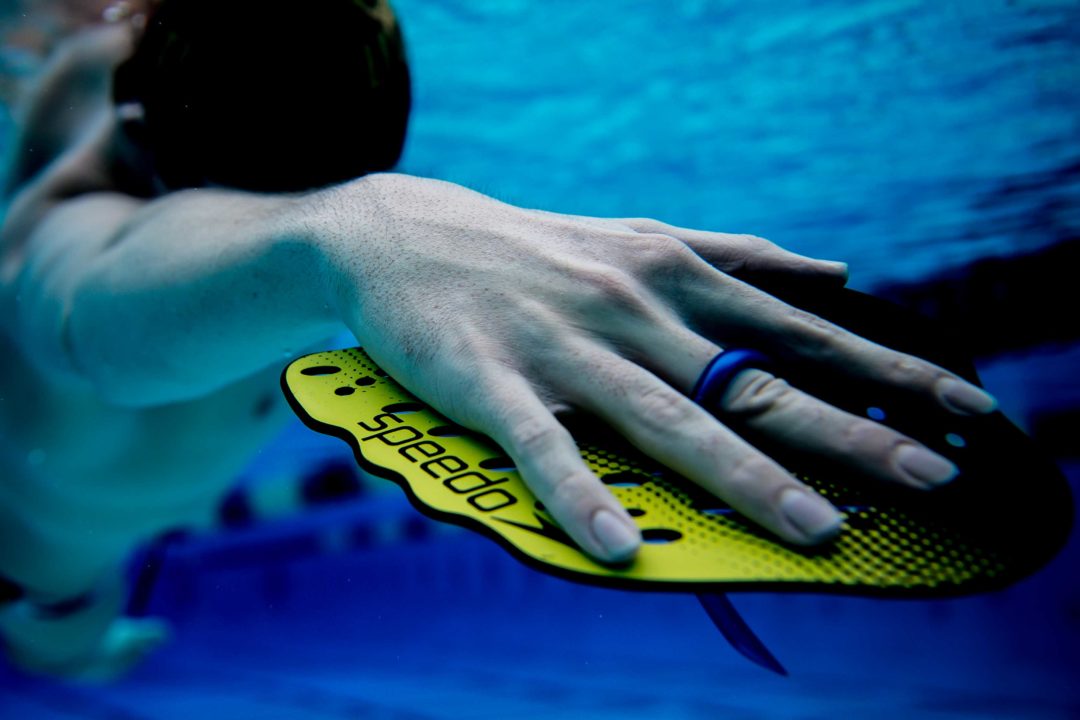Swimming drills are an essential part of any good swimming workout, no matter how much experience a swimmer has.
There are countless drills you can add to your workout, with some producing better results than others. Good drills to implement are the ones that successfully train the body to move and execute strokes a certain way, correcting technique for better and faster swimming.
Here are a few key traits of an effective swimming drill.
It has a specific purpose.
Swimming is a full body activity, which can make it challenging to change one certain aspect without compromising others.
This is why each drill should pay attention to essential details of the swim, isolating and targeting a specific component of a stroke. It trains one part of the body to perform a particular movement without necessarily changing how other parts move.
A crucial element to this is that the swimmer understands the concept behind the drill. This way, they know exactly what it is they should be looking out for and have better awareness of what they need to do. Drills won’t be as effective if they aren’t executed mindfully and only done just for the sake of doing it.
It is implemented more than once.
Improvements don’t happen overnight. For drills to have an actual impact in the long term, they have to be done regularly. Repetition is key.
Swimmers aren’t always going to get it the first time around. Even if they do, these improvements won’t necessarily translate to their regular strokes immediately, at least not in the long run.
Muscle memory plays a big role in making lasting technique changes, especially once speed comes into play. Once the body adapts to the changes resulting from the drill, it will come automatically when applied to regular swimming. And once speed starts to be incorporated into the swim, the swimmer won’t revert back to their old strokes.
Swimming with good technique is a habit.
It is modified to fit each athlete’s unique needs.
Repetition is important, but so is proper modification. Each swimmer will have their own set of goals and areas of weaknesses they need to work on, and not all drills are designed to produce the same results.
Swimmers can also start doing different variations of the same drill as they start to see improvements, to make the drills more challenging. Or, they can use swimming gear like a pullbuoy or paddles. Swimming equipment, while not a necessity, can be handy for supplementing the drill to enhance results.
While drills are meant to result in a specific change in a particular component of a swim, an effective drill is essentially one that is successfully transferred to regular swimming strokes. Swimmers only benefit from a drill when they are able to apply it to their swim come race day – improving their swim times, winning races, and leading the team to victory.
For more tips on how to swim faster, check out this ebook download or visit TritonWear’s resource library.
Learn more about how swimmers can improve faster and gain a competitive advantage in this ebook download.
VISIT THE TRITONWEAR HQ
Follow us on Instagram
Like us on Facebook
Follow us on Twitter
TritonWear is a SwimSwam partner.

